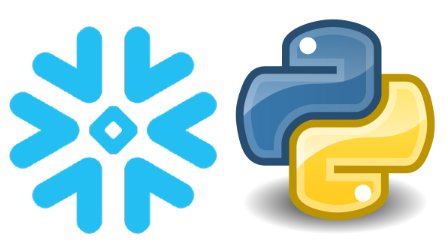Analyzing Snowflake costs based on query tags is a useful approach to gain insights into how different types of queries contribute to your overall Snowflake expenses. By tagging queries and then conducting a cost analysis, you can identify areas for optimization and cost reduction. Here’s a suggested approach for Snowflake cost analysis based on query tags:
- Query Tagging:
- Start by implementing a query tagging system within Snowflake. You can use Snowflake’s built-in query tagging feature or create a custom tagging system based on your organization’s needs. Assign meaningful tags to queries that reflect their purpose, such as “reporting,” “ETL,” “ad-hoc,” or any other relevant categories.
- Query Logging and Tracking:
- Ensure that Snowflake is configured to log query information, including query execution times, resource usage, and associated tags. Snowflake’s Query History and Query History Views can be valuable resources for this purpose.
- Cost Allocation:
- Use Snowflake’s cost allocation features or external tools to associate query costs with specific query tags. This can involve extracting cost-related data from the query logs and aggregating it based on query tags.
- Cost Analysis:
- Analyze the aggregated cost data to gain insights into how different query types impact your Snowflake costs. Look for patterns, trends, and outliers within each tag category.
- Identify Cost Drivers:
- Determine which query tags are associated with the highest costs. This can help you identify areas where optimization efforts are most needed. For example, if “reporting” queries are driving up costs, focus on optimizing reporting queries.
- Optimization Strategies:
- Based on your analysis, develop optimization strategies tailored to each query tag category. These strategies may include query performance tuning, warehouse sizing adjustments, query concurrency management, and resource allocation modifications.
- Continuous Monitoring:
- Implement ongoing monitoring of query costs based on tags to ensure that cost-saving measures are effective and to identify any new cost drivers as query patterns evolve.
- Reporting and Communication:
- Share the findings of your cost analysis with relevant stakeholders, including data engineers, analysts, and business users. Use these insights to foster collaboration and make informed decisions about resource allocation and query optimization.
- Iterative Process:
- Cost analysis based on query tags should be an iterative process. Regularly revisit your query tags, cost allocation methods, and optimization strategies to adapt to changing query patterns and business requirements.
By implementing this approach, you can gain better visibility into how different types of queries impact your Snowflake costs and take targeted actions to optimize and control your Snowflake expenses.
To perform cost analysis in Snowflake based on query tags, you can use SQL queries to extract the necessary information from the query history and query tags. Below is an example SQL query that can be used as a starting point for this analysis:
Snowflake important urls to refer







